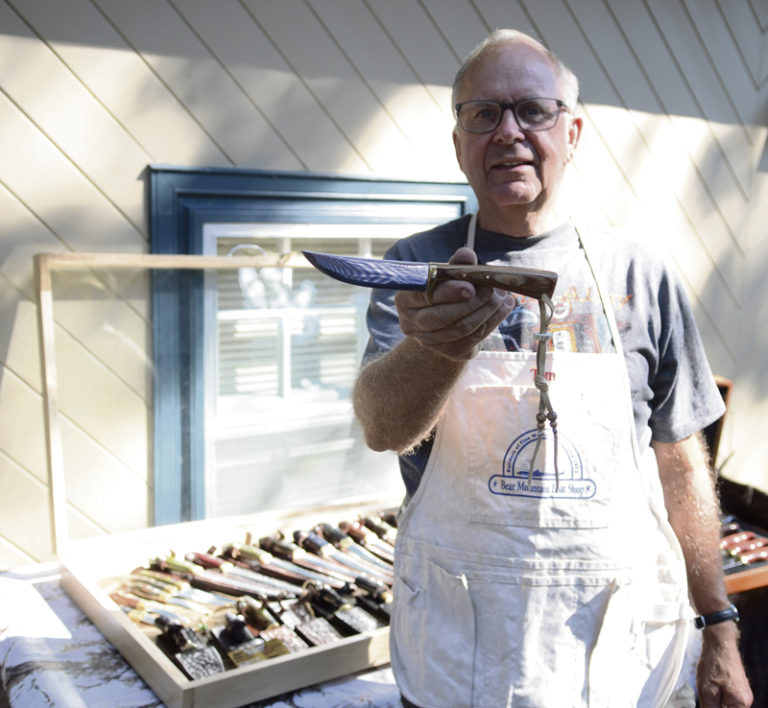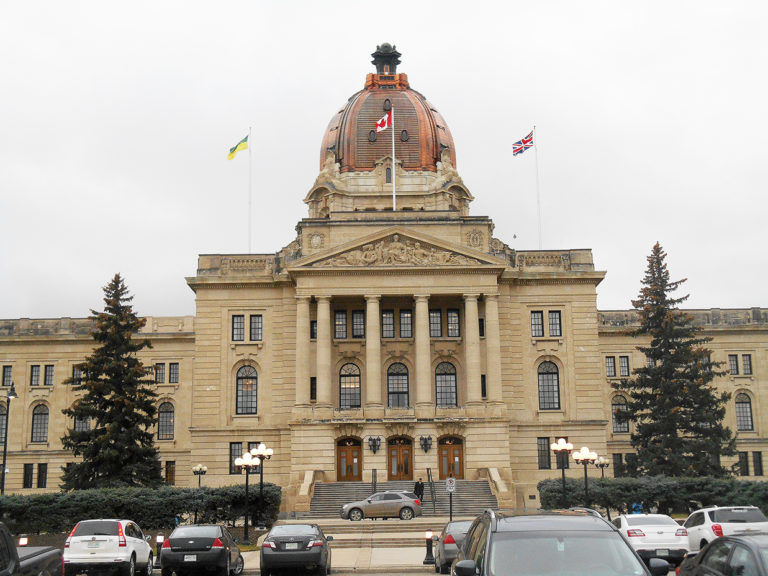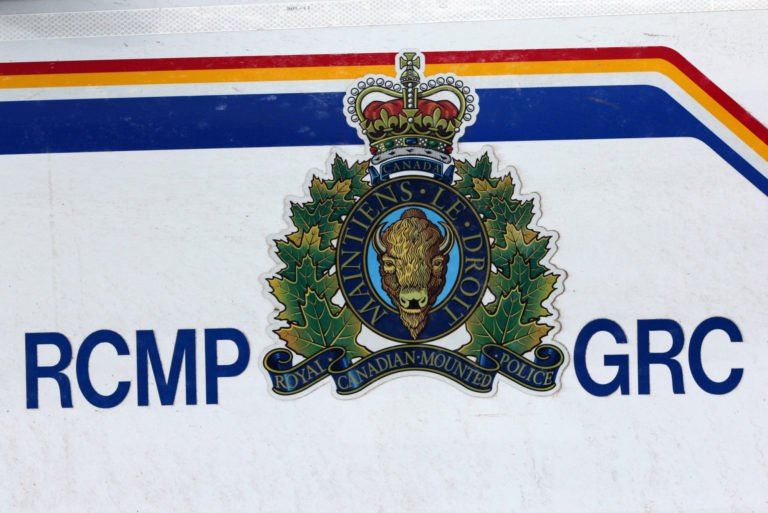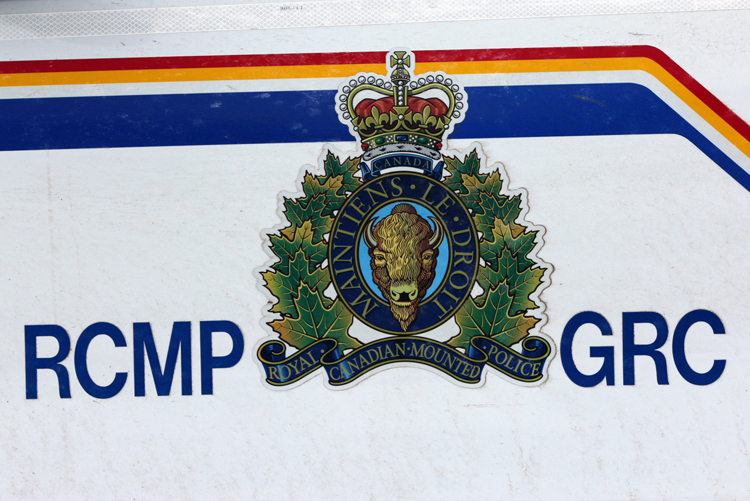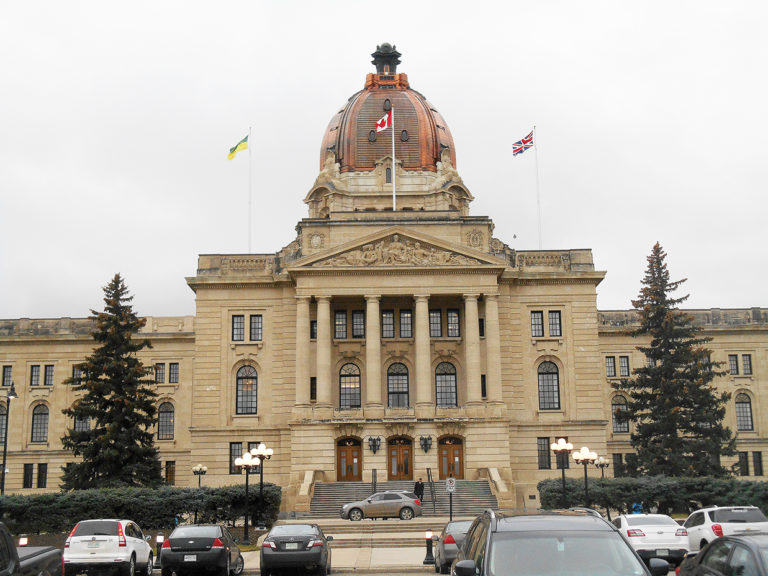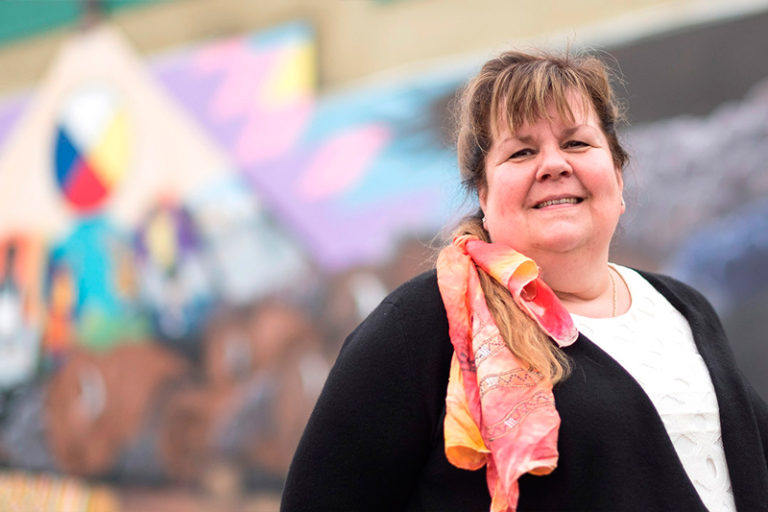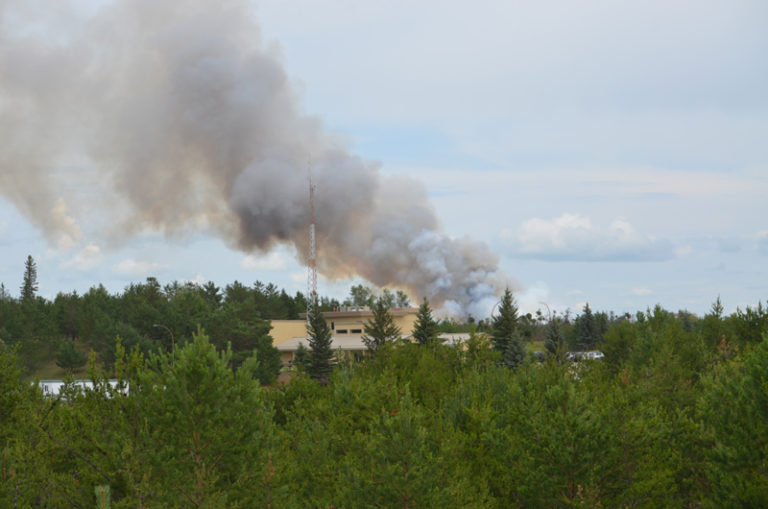Sask. Party hoping to divest from troubled project
No criminal charges will be laid against anyone involved in the Global Transportation Hub (GTH) land deal, the RCMP announced Wednesday.
RCMP Supt. Paul Saganski, federal criminal operations officer, addressed media Wednesday. The RCMP launched their investigation in February 2016 in response to complaints brought forward about transactions that took place between March 2012 and April 2014.
The transactions have also been examined by the provincial auditor and the conflict of interest commissioner, and have been subject to public scrutiny.
The auditor’s report focused on 41 acres of land purchased by the GTH for $1.2 million in 2013, and 204 acres bought a year later for $21 million.
The GTH is an inland port just west of Regina.
Several landowners, including a group of nuns, sold their land to Robert Taapauff, who flipped it at an increased price to Regina businessman Anthony Marquart.
Saskatchewan’s auditor found taxpayers ended up paying too much when the provincial government bought the land from Marquart. The report concluded not enough was done by the province to buy land in a financially responsible way and brought to light a series of communication failures between government departments, a lack of business cases for decisions made and not enough general documentation.
Bill Boyd, the minister responsible for the GTH at the time of the transactions, faced much criticism from the Opposition NDP over his role in the deals. Part of that criticism stemmed from Boyd’s and the governing Saskatchewan Party ties to Marquart and Tappauff.
The Tapauff family has rented land to Boyd and donated to his election campaigns as well as the party. Between 2009 and 2014, Marquart’s companies have given more than $20,000 to the Saskatchewan Party.
The provincial auditor’s report found no conflict of interest with Boyd’s involvement in the deals, but a number of people launched complaints to the RCMP before the report came out.
In the wake of the immediate criticism, Boyd launched a lawsuit against CBC Saskatchewan, the news outlet that first broke the GTH land deal story.
The RCMP said they would not normally disclose results of their investigations unless they lead to charges, however, the force said, due to the high level of public interest, they were able to release some information.
The investigation involved 7,500 hours, or about 1,000 working days, and looked at the evidence to determine whether any criminal wrongdoing took place, strictly focusing on land acquisitions related to the Global Transportation Hub.
“The investigative team used the Criminal Code as their guide,” Saganski said.
“Investigators for this had a commercial crime and financial crime background. We would have focused on offences related to fraud, public mischief and corruption.”
According to Saganski, best practice in complex investigations is to identify a crown attorney to provide advice.
This case was handled by Manitoba public prosecutions. The office received all the investigative materials in fall 2017 and provided their opinion that charges not be pressed on April 2018. More than one conversation was held with public prosecutions.
The investigation was “very meticulous in terms of scope and detail,” Saganski said.
“Thousands of documents were examined. It does take a while to investigate allegations of a commercial crime. Based on the totality of everything our investigation recovered, it took us until this time to exhaust our investigation.”
A core team of three investigators worked on the file, but up to ten officers worked on the investigation. Expertise was used out of Ottawa, and documents were obtained freely, without the use of a search warrant.
“Our investigators feel very comfortable knowing how the transactions took place,” Saganski said.
“We conducted a thorough, well-thought-out and comprehensive investigation.”
He also said that police never reached the threshold of evidence where they would be able to even obtain a search warrant. That threshold is that suspicion a criminal offence occurred. The police never had enough evidence to issue a search warrant even if they wanted to.
That point stuck out to Saskatchewan Justice Minister Don Morgan, who addressed media in Saskatoon Wednesday. Despite the NDP’s call for a public judicial inquiry, a call backed by now-deputy premier Gord Wyant during his campaign for party leadership, Morgan said the results of this investigation show it’s time to move on.
“What raised my eyebrows today is that they couldn’t get a search warrant, so I don’t think we need to go any further on it,” he said.
“I think we’re prepared to move on. The work the RCMP did would indicate that it would be time to turn the page.”
For the government, turning the page means exploring ways to divest from the GTH. Morgan admitted it was an ill-conceived and poorly-executed project.
“There were certainly mistakes in our government’s handling of the matter,” he said.
“We did a poor job assembling the land. We moved slowly. That allowed speculators to move in, buy the land and resell it at a much higher cost to taxpayers than we would have paid had we acted sooner.”
Morgan pointed out the GTH has created hundreds of jobs and market access, and employes over 1,000 people. But the projects are losing money, and as Morgan said, Scott Moe’s government wants to move on, not just from the scandal, but from the project itself.
“In retrospect, it’s probably not a business the government should have been involved in, but we are and we have to deal with it. Now is the time to move on and explore opportunities for possible divestiture of the management and the assets.”
So far, there isn’t a timeline, plan or potential buyer for the GTH. The government wants to review what the asset is worth, what the strategy would be and how to go forward, Morgan said.
But others, including both the opposition NDP and the right-leaning Canadian Taxpayers Federation, have called for an independent inquiry into how the government ended up overpaying for the land. Morgan argues those answers are already in the public demand, but NDP critic Trent Wotherspoon disagrees.
“We’re really thankful for the work of the RCMP,” he said.
‘While criminal charges aren’t being laid, clearly Saskatchewan people deserve answers and to get to the bottom on this front. Millions have been wasted, taxpayers have been ripped off, nuns have been ripped off (and) government has been anything but forthright.”
Wotherspoon said he would also like to see a full, public analysis into any future sale of the GTH, as he has lost trust in the government’s ability to handle the file.
“Just because criminal charges aren’t being laid … doesn’t make how this as handled right,” he said.
“We have a government that’s obfuscated every step of the way, that lied to Saskatchewan people, that tried to cover over this scandal, and it’s past time that Saskatchewan people who have lost hard earned dollars on this project, it’s past time they get the answers they deserve
I call on this premier to do the right thing – own up, step up, get to the bottom of this and make sure this never happens again in Saskatchewan.”
Wotherspoon said the government still has to answer why it didn’t follow its own policies, why former premier Brad Wall brought up an appraisal that wasn’t used as a defence of what happened. Why the government tried to “go to great lengths to try to cover over this scandal,” and what exactly the roles of former MLA Bill Boyd and former public servant Laurie Pushor were in the land deals.
Morgan, in his comments, dismissed the need to answer any more questions and said the government has been forthcoming on this topic.
“There comes a time when you have to turn the page on it,” he said.
“We’ve answered questions in the legislature … almost daily. The answers we’ve given are that the provincial auditor has reviewed this (and) Mr. Boyd referred himself to the conflict commissioner for some support on it. We accepted (the auditor’s) recommendations. There comes a time to say no, we’ve answered the questions.”
— with files from D.C. Fraser, Regina Leader-Post

